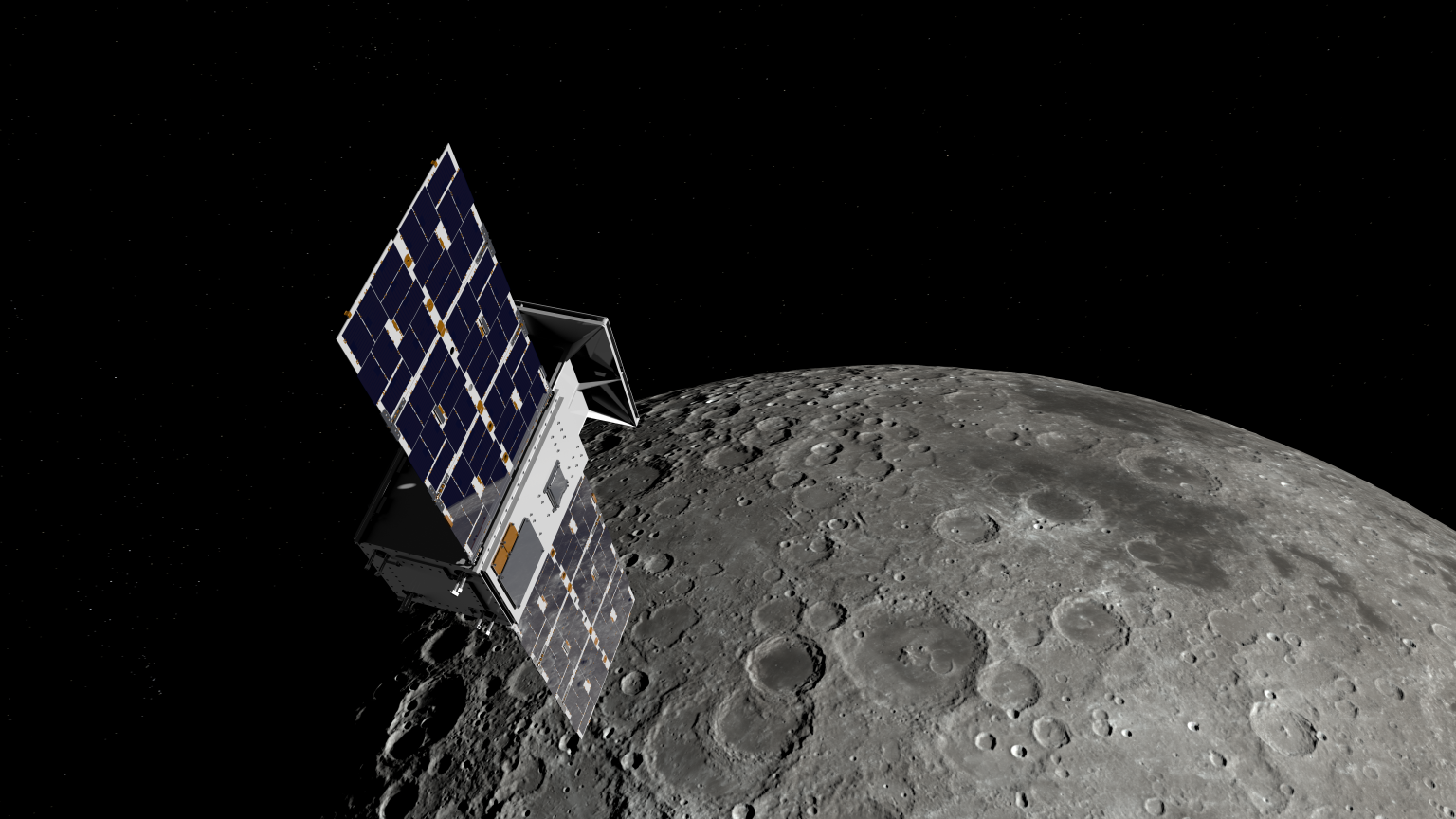Advanced Composite Solar Sail System (ACS3)
NASA is developing new deployable structures and materials technologies for solar sail propulsion systems destined for future low-cost deep space missions. Just as a sailboat is powered by wind in a sail, solar sails employ the pressure of sunlight for propulsion, eliminating the need for conventional rocket propellant.
Active Mission

About
What is the Advanced Composite Solar Sail System?
NASA is developing new deployable structures and materials technologies for solar sail propulsion systems destined for future low-cost deep space missions. Just as a sailboat is powered by wind in a sail, solar sails employ the pressure of sunlight for propulsion, eliminating the need for conventional rocket propellant.
Learn About Solar Sails about What is the Advanced Composite Solar Sail System?
Engineers at NASA’s Langley Research Center test deployment of the Advanced Composite Solar Sail System’s solar sail. The unfurled solar sail is approximately 30 feet (about 9 meters) on a side. Since solar radiation pressure is small, the solar sail must be large to efficiently generate thrust.
NASA



































